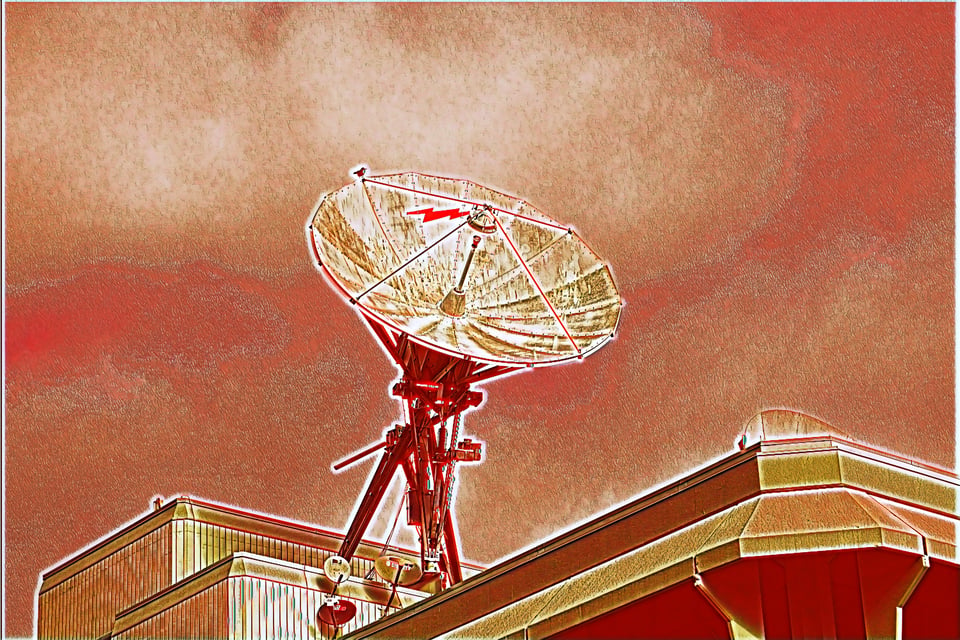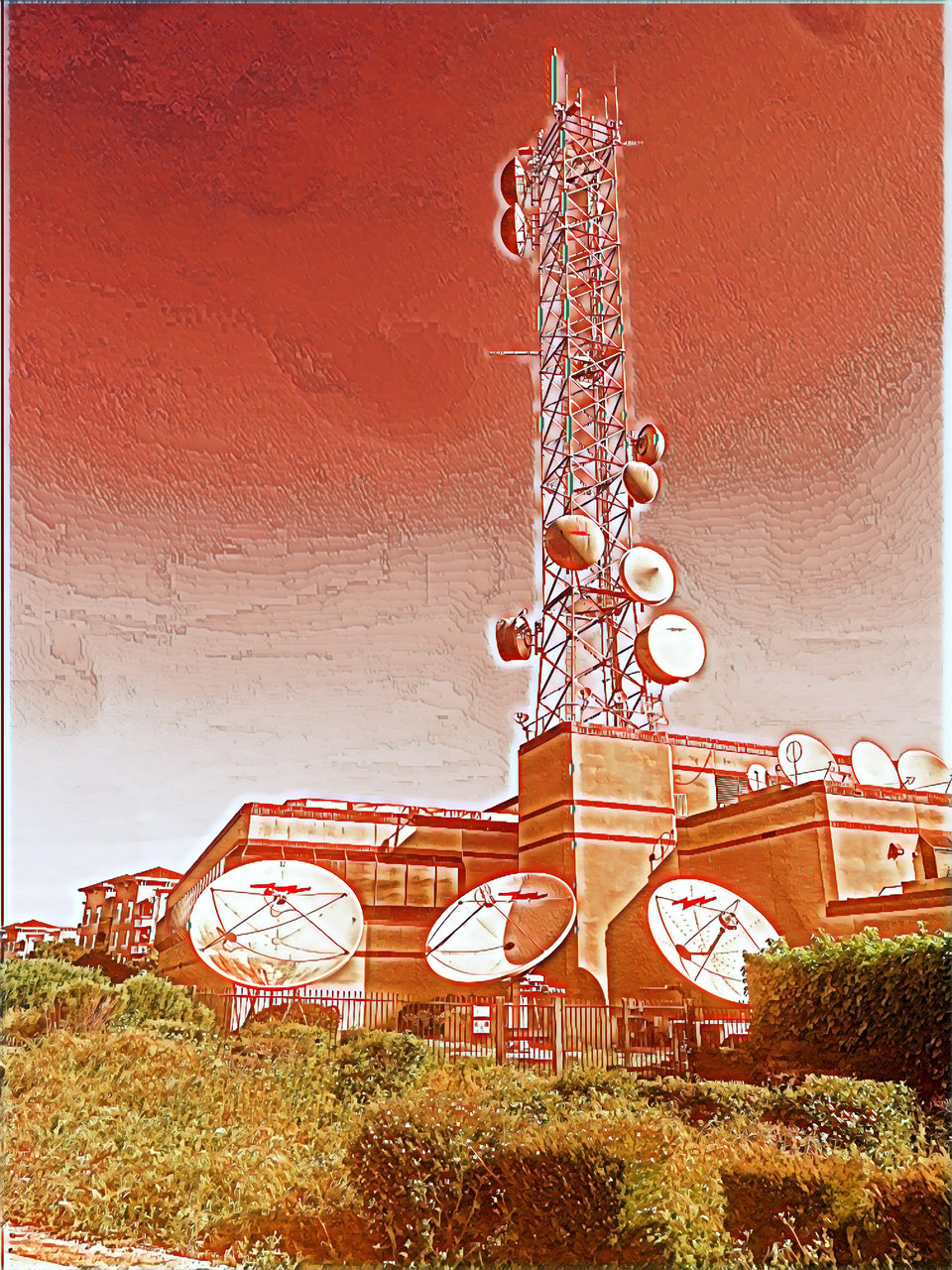Weekly API Evangelist Governance (Guidance)
Finding the signal in the noise these days online isn’t easy. The web, social media, APIs, and enterprises, organizations, institutions, and government agencies are all just too big to understand in any straightforward way. When it comes to understanding any system I rely on understanding any existing outputs available to make sense of what is happening in any given moment—which will change over time. With this in mind, I am always looking for signals that I can use, such as a blog, press releases, job postings, and social media to make sense of the noise in any given market being impacted by digital technology.

Services
I am in the business of understanding what small businesses (SMB), small to medium enterprises (SME), and enterprises are using when it comes to technology. In 2025 the technology companies, organizations, institutions, and government agencies are using is increasingly software as a service (SaaS). You can learn a lot about business operations by the software and infrastructure they are using. You can learn a lot about business operations via the job postings, blog posts, and press releases talking about the software they use. When these signals are available publicly via open-source as well as partner press release and storytelling, you can begin to stitch together an very compelling picture of what matters to anyone you are talking with.

Domains
Very few organizations I’ve worked with over the years and have developed an understanding of their operations are the same. Lines of business, tribes, domains, and other informal or formal ways of defining boundaries exist. I feel that the markets provide much of the ubiquitous language that we need to understand the domain landscape of businesses—you can begin to understand this language through the decomposition of the resources a business uses across teams. Organizing the 3rd-party SaaS in use across a company into domains and sub-domains provide a more realistic and honest view of the operational landscape than many internal diagrams and org charts. Mapping the domain landscape of the resources we depend on is essential.

Maturity
Once we have an understanding of the services and infrastructure in use across domains, it is helpful to understand the maturity of that usage and adoption. Understanding and mapping the value chain delivered by services across domains from idea to usage, as well as the journey from idea to custom to product and eventually commodity is how you get better at separating the signal from the noise. It is important to consider the role that open-source plays across this landscape, while establishing a firm understanding of which services, tooling, and even standards are delivering value for end-user and consumer. Which is increasingly an end-user and consumer brokered through 3rd-party software solutions we all depend upon.

Platform
Some, but not all of these services and tooling will intentionally and often unintentionally play a role in being the platform for your business operations. Many companies are explicitly investing in a central platform, intentionally building their own platforms, instead of the platforms of leading technology companies today. Others are unknowingly outsourcing their internal capacity, giving away their proprietary data, while doing the work to build other external platforms. Having a shared map of the platform a company operates on helps drive maturity across teams to understand the guard rails needed to help teams move faster and more confidently as they are integrating and automating across different business domains.

Pricing
Finding the signal for the services in use across domains, and the overall maturity of a companies platform will speak volumes about what is truly going on. The pricing for these services will further shape that narrative and strategy for a company, but also within each industry it operates in. User based pricing across an increasingly large 3rd-party SaaS portfolio continues to shape companies, but it is the usage based pricing of the cloud that is defining (or slowing)success today, and then a model and tier-based pricing of AI that making or breaking companies. Being able to see the different types of pricing in use across the services and resources being used across business and engineering operations is the first important step towards getting a handle on the signal in the noise.

Investments
Last, I am looking for what the investments are across the companies operating in top industries. I track on 25 separate signals ranging from API and open source investment to artificial intelligence and governance. You can find what a company is investing via existing outputs like press releases, job postings, and blog posts, but also by talking to people, and engaging on social media. You can better understand the strategic and market implications of these investments when you align them with the services being used across domains, as well as the maturity of the platform the exists underneath business operations. There is a lot you can understand about 2026 and 2027 in those tea leaves, and the different types of pricing at play will ultimately shape investment in the next two years.

Signal v Noise
The tech sector is very noisy right now. Most of what you read and hear is generated by people selling to the sector. But if you know where to gather the right signals, you can begin to separate the signal from the noise. Which once further validate through conversations with human beings, you can begin to move more confidently into 2026 and 2027. There is a lot of uncertainty out there right now. However, I find once you begin scratching at what is going on, you can begin to develop a better understanding of any company, organization, institution, or government agency, which doesn’t take much to validate with people on the ground. Understanding the services in use across domains, what the maturity and state of the platform is within an organization, while also considering the pricing associated with software today can be used to enrich our understanding of the investments companies are making across any relevant business sector today.
“For [Norbert] Wiener, entropy was a measure of disorder; for Shannon, of uncertainty. Fundamentally, as they were realizing, these were the same.” ― James Gleick, The Information: A History, a Theory, a Flood